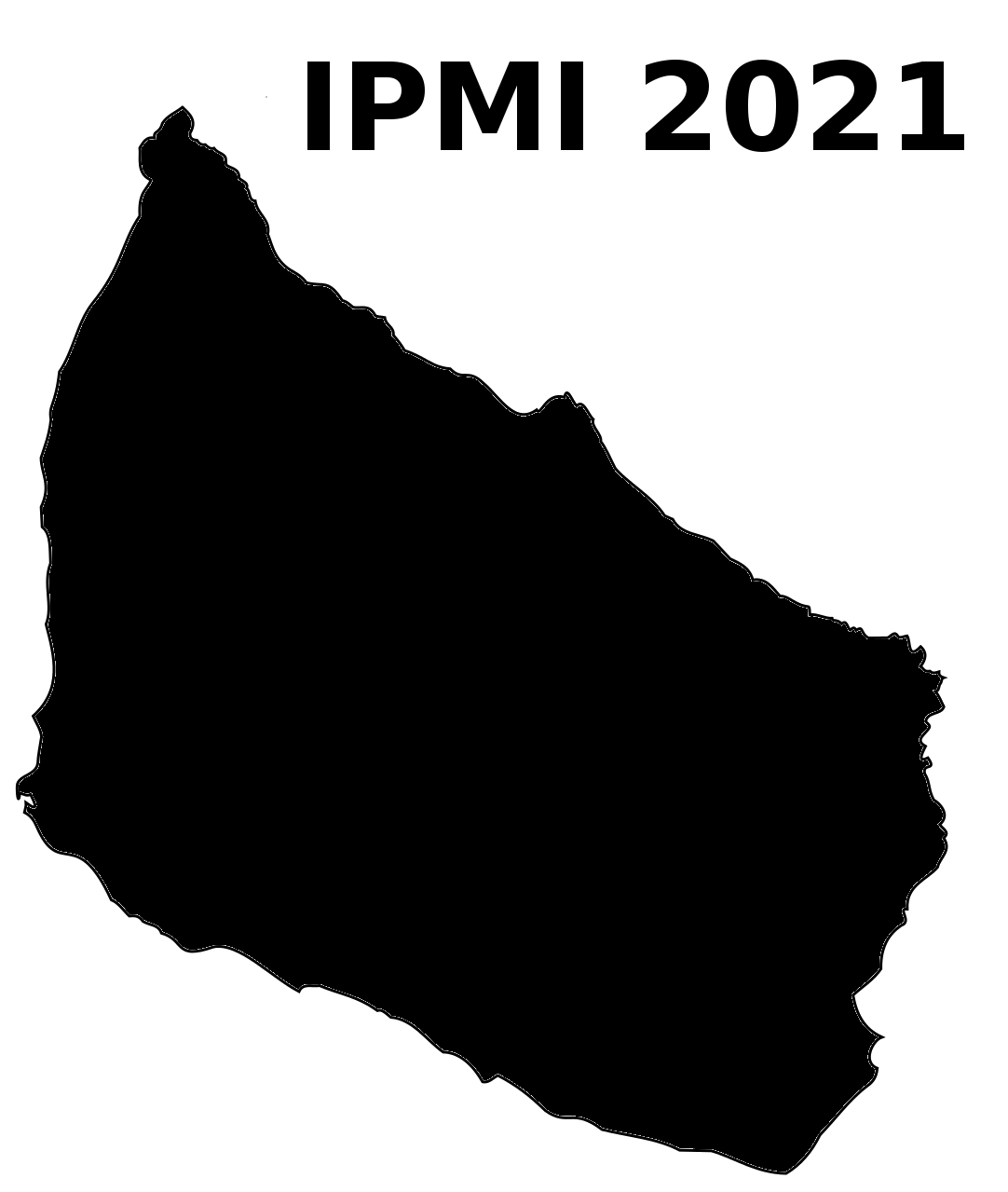IPMI 2021 will feature 3 days of oral and poster presentations of accepted papers. Thorough and lively discussions of the presented scientific results is a hallmark of the IPMI conference series, and we are designing a virtual venue to facilitate and emphasize both scientific and social interactions.
The program will feature live presentations, a keynote by Professor Gitte Moos Knudsen, poster presentations and award ceremony. Between the scheduled events, there will be possibility to meet and discuss both posters and presented orals with the authors. Pre-recorded versions of the talks will be available for viewing outside the scheduled oral sessions.
Discussion groups will meet prior to the conference to read, discuss and prepare questions for all papers. IPMI will in addition have a forum with possibility for offline discussions of all presented papers.
Time zones
IPMI 2021 will have participants from all around the globe. We have paid particular attention to this fact when planning the program. All talks are scheduled so that speakers will talk at a time reasonable for their time zone. In addition, all talks will be prerecorded as well as given live, so it will be possible to hear the talks asynchronously and to go to a booth in the virtual venue to discuss with the presenter outside the scheduled sessions. All poster sessions run twice so that poster presenters are available in all time zones. Opening, keynote and award sessions are scheduled so that all participants should be able to attend.
Keynote
Gitte Moos Knudsen, Chair, Professor, MD, DMSc Dept. Neurology and Neurobiology Research Unit, Copenhagen University Hospital.
Advanced clinical neuroimaging methods as biomarkers for brain disorders and drug effects.
Abstract:
Whereas Magnetic Resonance Imaging (MRI) enables the study of the brain’s structure and function, Positron Emission Tomography (PET) enables in vivo neuroimaging of various components of receptors, transporters, enzymatic activity and other types of proteins. A recent technological development now also allows for simultaneous MRI and PET scanning which creates some opportunities for novel real-time monitoring of several aspects of brain function.
These neuroimaging technologies can assist to establish diagnoses in certain brain disorders and thereby improve patient selection and stratification for clinical trials, something commonly referred to as precision medicine. The field is currently moving from site-specific data acquisitions with own analytic pipelines towards data sharing and consensus seeking for choices of analyses and pipelines.
MRI and PET also allows for studying the response to physiological or drug interventions in experimental medicine studies. Over the past couple of decades, neuroimaging has thus become a central component of the evaluation of novel drugs for brain disorders, enabling decision-making in phase I studies, where early discharge of risk provides increased confidence to progress a candidate to a later phase testing at the right dose level or alternatively to kill a compound through failure to meet key criteria. The so called “3 pillars” of drug survival, namely; tissue exposure, target engagement, and pharmacologic activity, are particularly well suited for evaluation by PET imaging.

Gitte Moos Knudsen is a translational neurobiologist and clinical neurologist with interest in advanced methodological developments and applications to address pertinent neurobiological and clinical issues. Her scientific interests include blood-brain barrier transport, neurobiology of cerebral blood flow and metabolism and the neurobiology of cerebral neurotransmission with particular emphasis on molecular brain imaging. Professor Knudsen is leading the Center for Experimental Medicine Neuropharmacology (NeuroPharm) at the Rigshospitalet in Copenhagen. The center has the aim to answer pertinent and basic questions regarding human brain disease mechanisms and predict brain responses to categories of neuromodulatory interventions as well as treatment efficacy. For this purpose, PET brain scanning is used to image brain receptors and receptor occupancy, and fMRI is to evaluate drug effects on the brain hemodynamic response as well as the brains regional interactions, i.e., functional connectivity. Professor Knudsen is in addition director of the Center for Integrated Molecular Brain Imaging (Cimbi), director of the Center for Experimental Medicine Neuropharmacology (NeuroPharm), and PI of the strategic alliance BrainDrugs.
